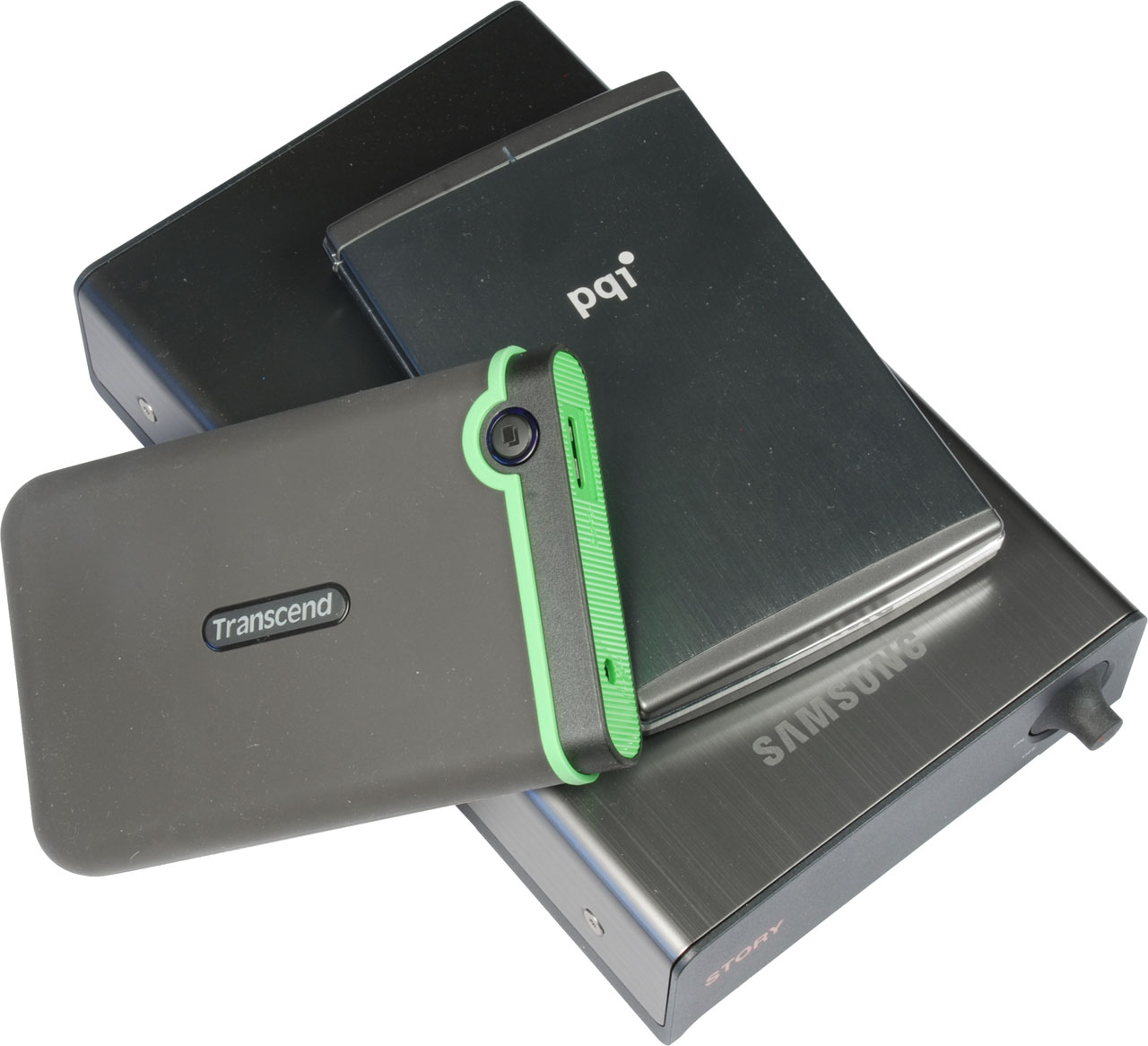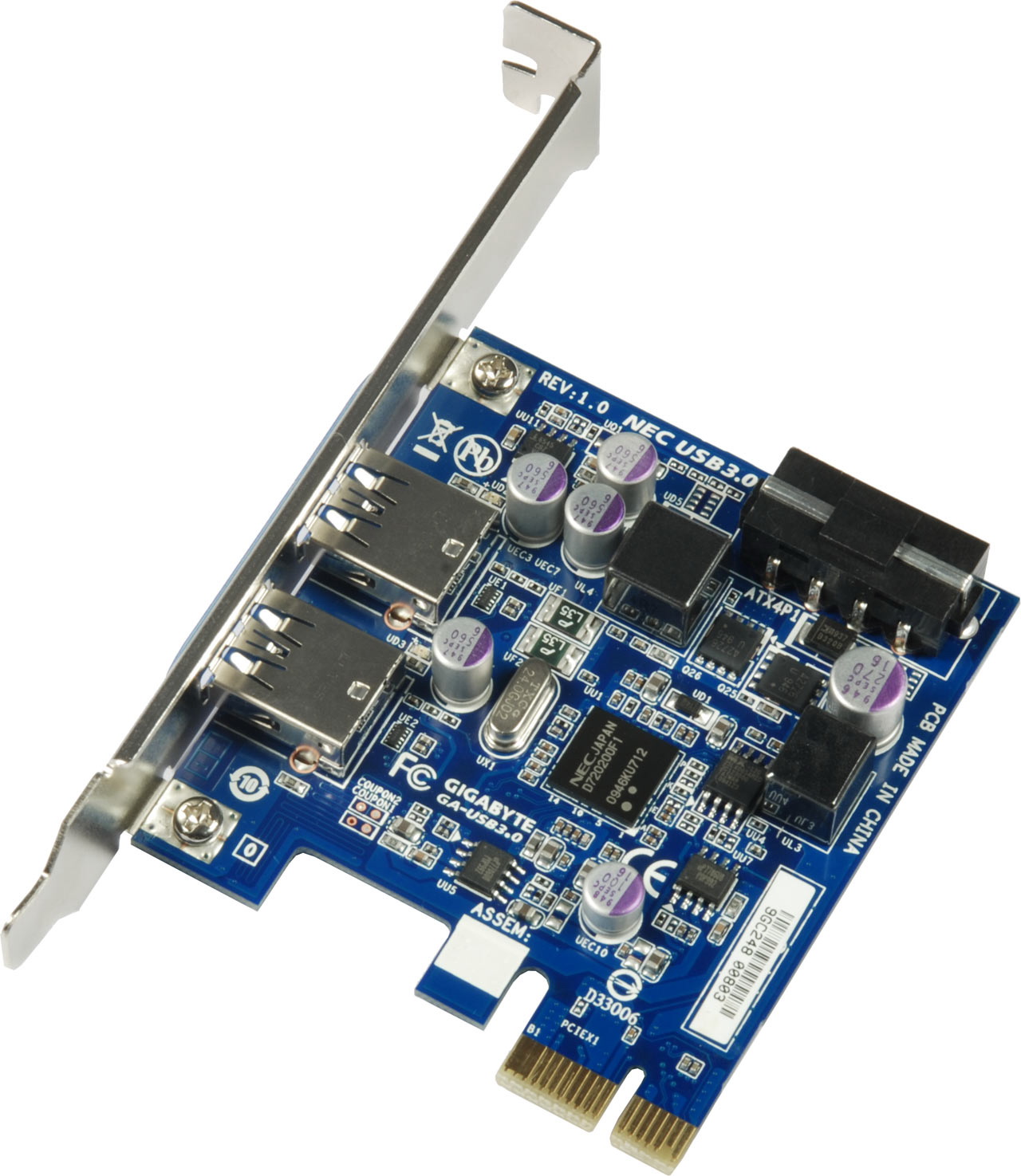Three More External USB 3.0 Drives Benchmarked
Another trio of SuperSpeed USB 3.0 drives landed in our German lab recently. As some of the contenders we've benchmarked underperform compared to our expectations, it’s quite clear that hard drive speed matters again, now that we've moved beyond USB 2.0.
Which SuperSpeed USB Drive Is Right For You?
An increasing number of USB 3.0 storage products are hitting the market, and competition is driving prices in a favorable direction. Is this the time to upgrade to external SuperSpeed storage?

There’s one big reason why USB 3.0 is important: it removes the predominant storage bottleneck for external and portable devices by providing roughly ten times more throughput than USB 2.0. This comes with new controllers and cables at (theoretically) very little extra cost. We recently covered three USB 3.0 drives from A-Data, Buffalo, and Western Digital. Now we add products from PQI, Samsung, and Transcend to find the fastest and the most feature-rich USB 3.0 storage solution.
USB 3.0 Is Not Mainstream…Yet!
Although SuperSpeed USB 3.0 is backward compatible with USB 2.0, the industry has not yet integrated the faster 5 Gb/s controllers into mainstream chipsets.
However, an increasing number of system builders and motherboard manufacturers continue integrating third-party controller chips onto their upper-class offerings, making USB 3.0 support fairly common in high-end platforms, even down to the mainstream. More than likely, a majority of new mid-range PCs will integrate USB 3.0 ports by 2011.
USB 3.0 Controllers to the Rescue

Even if your system doesn't include USB 3.0 support, PC and laptop users can still decide to add a discrete USB 3.0 controller card via PCI Express-based expansion, or by plugging in a USB 3.0 ExpressCard into their laptops. We compared a few USB 3.0 controller solutions a few weeks ago and found that there are performance differences depending on the PCIe bandwidth and controller implementation. However, all USB 3.0 controllers available today are based on the NEC PC720200, so you can be sure that none of the currently-shipping solutions will bottleneck conventional hard drives for the time being.
Get Tom's Hardware's best news and in-depth reviews, straight to your inbox.
Current page: Which SuperSpeed USB Drive Is Right For You?
Next Page PQI H566 (2.5”, 320 GB)